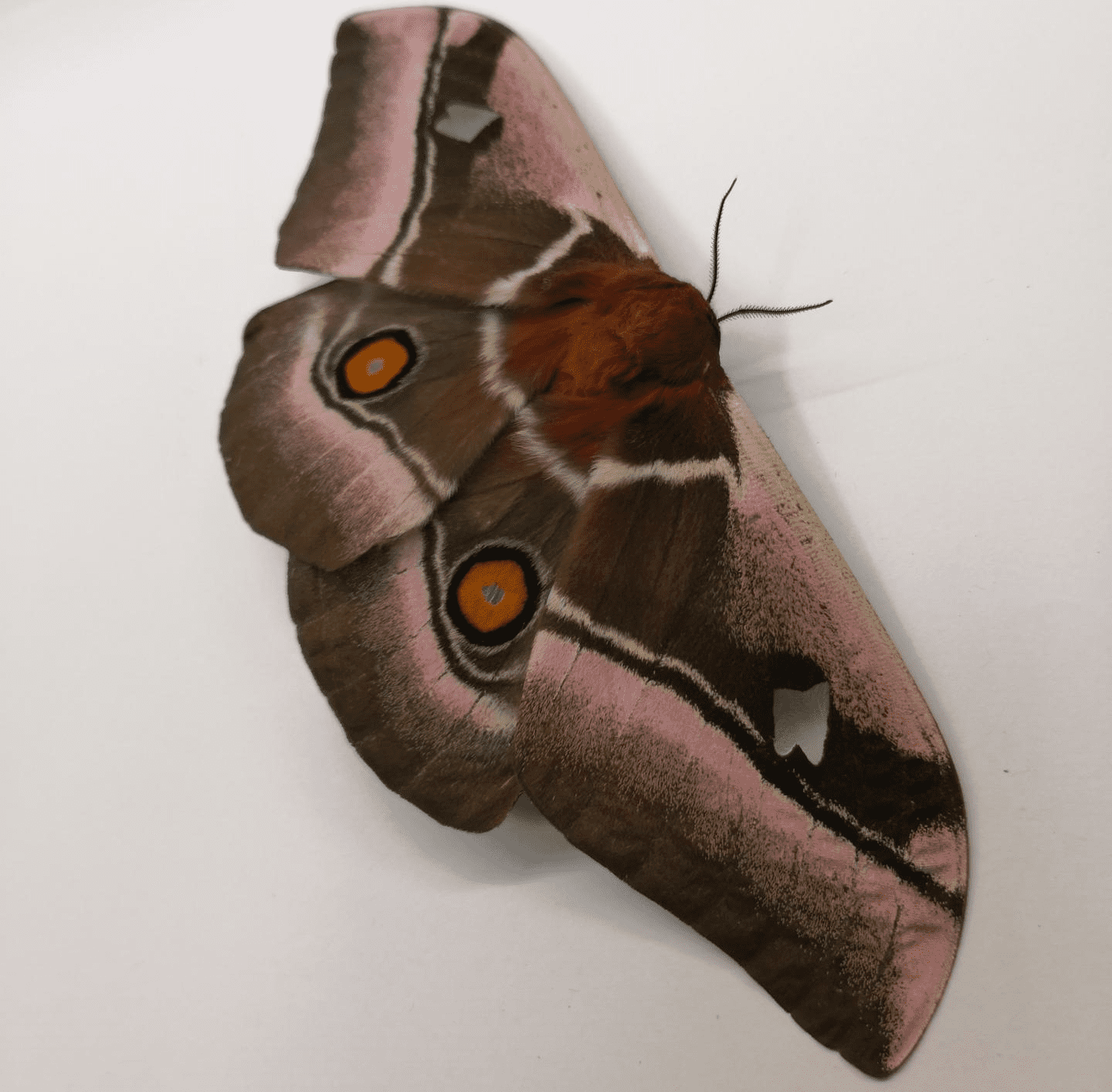
Inspired by the behaviour of moths, researchers have developed a novel collective search algorithm for locating the source of an odour. Robots that mimic moth search patterns have been proposed before for the detection of harmful gases and volatile substances. Now, research led Antonio Celani at the Abdus Salam International Centre for Theoretical Physics in Trieste suggests that this approach could be optimized by using a group of robots that collaborate to find a source.
Many animals rely on their sense of smell to navigate and locate resources. Dispersal by turbulent air currents can make this a difficult task and some animals have adapted behaviours to track odours. One of the most extraordinary of these is observed in male moths. When finding a mate, they must follow hormonal chemicals (pheromones) produced by females and they are able to do this successfully over distances of hundreds of metres.
Able to sense wind direction, and equipped with a keen sense of smell, moths employ a two-step “cast and surge” strategy to correct their motion. When a moth detects pheromones it “surges” by flying into the wind until it loses the scent, at which point it begins zigzagging (casting) at a 45° to the wind until it recovers the trail. It is this process that, when incorporated into an algorithm, can drive gas detection robots.
Collective motion meets cast and surge
Like most animals, moths do not work together to find a mate. However, other animals such as fish and birds coordinate their movement in groups to increase the efficiency of their search for resources. Celani and colleagues investigated whether modelling moths as flocking animals could give the same advantage in the search for an odour source – and by extension enhance the cast and surge algorithm.
In a flock, each agent has two forms of motion. They react individually to their environment – in this case by performing cast and surge – and they move as a group by aligning with those around them. This tendency to align is called “collective motion” and in its simplest form it is described by a model called the Vicsek algorithm. Here each agent chooses a velocity by averaging that of their neighbours, so that the group moves coherently.
The researchers combined the Vicsek and cast and surge algorithms and introduced a “trust parameter”; a number between 0-1 to describe the balance between them. When this parameter is 0, the agents behave as individuals, and when it is 1 they purely follow the Vicsek model.
In simulations, agents were released a distance from a source of odour particles, which were dispersed in a turbulent velocity field. The time taken for the first agent to reach the source was then calculated as a function of the trust parameter.
Optimizing trust
The researchers simulated collective search in a range of environments by varying the speed, population and perception of the agents, as well as the odour emission rate and the velocity field fluctuations. Across the simulations, a trend soon emerged. There is an optimal trust parameter of around 0.8 where the search time is minimized, and the fastest agent behaves almost as if it already knows where the source is. This is also the point where variations in the search time are smallest, with collective motion effectively “buffering” against changes to the simulation conditions.

Moths use acoustic camouflaging fur to evade bats
Describing their research in Physical Review E, the team highlights the effect of changing the odour particle emission rate; reducing this parameter from 1 to 0.05 increases the search time of a single agent threefold but has almost no effect in the case of the optimized group.
This research demonstrates that incorporating collective motion into odour-tracking algorithms can not only make them faster, but also more flexible. The algorithm’s robustness makes it a realistic candidate for further study, where it could advance the use of robotics for the detection of harmful, volatile chemicals and pollutants.
